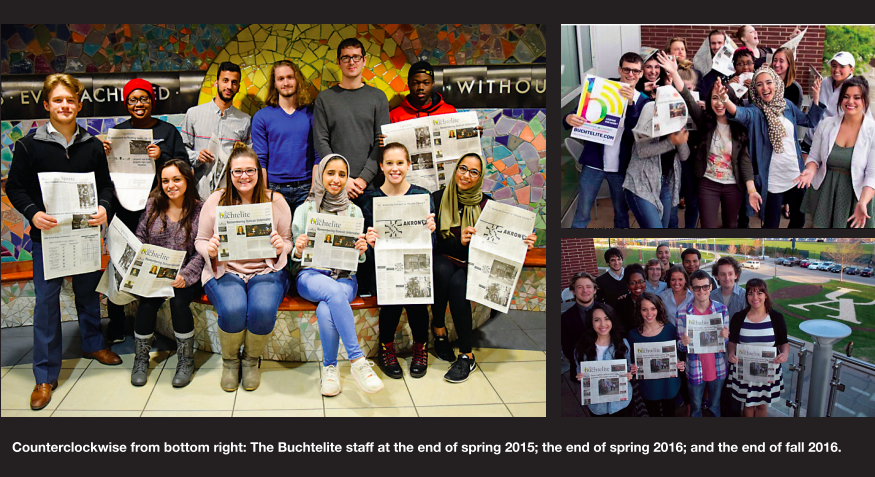“If it’s true that success is measured in degrees, Norman Rockwell is off the charts. For nearly seven decades, Rockwell created poignant images of everyday life in 20th-century America. His paintings both reflected and shaped the cultural movements of an era.”
“
If it’s true that success is measured in degrees, Norman Rockwell is off the charts. For nearly seven decades, Rockwell created poignant images of everyday life in 20th-century America. His paintings both reflected and shaped the cultural movements of an era.
A national exhibition of Rockwell’s work, American Chronicles: The Art of Norman Rockwell, opened Nov. 10 at the Akron Art Museum. It is the first traveling exhibition in the museum’s new galleries. American Chronicles is sponsored by the Burton D. Morgan Foundation.
The exhibit, a wide range of Rockwell’s work, includes 41 original oil paintings, tear sheets of more than 320 of Rockwell’s covers for The Saturday Evening Post and rarely circulated works from the Norman Rockwell Museum in Stockbridge, Mass.
Rockwell’s work is familiar to a 21st-century audience. Among the Post covers included in the exhibit is the now-famous Rosie the Riveter, a tribute to women working on the home front during World War II.
According to Laurie Moffatt, director of the Norman Rockwell Museum, Rockwell’s hope, optimism and belief in the dignity of human beings make his artwork resonate today.
The centerpiece of the exhibit, The Problem We All Live With, confronts desegregation in public schools. The painting was completed in 1964 and shows a young black girl walking to school under protection of U.S. Marshall Deputies.
Through his artwork, Rockwell depicted American life from many angles, according to Mitchell Kahan, director of the Akron Art Museum. Rockwell was able to show the progression of technology, as well as issues of patriotism and American heritage, Kahan said.
Rockwell was a window into the conscience of the 20th century.
In addition to addressing issues such as racial tension, Rockwell also focused on the more lighthearted topics of family life and childhood innocence. However, even the paintings and Saturday Evening Post covers that confront these issues are deceptively simple.
One painting, Going and Coming, is a two-part piece that comments on the exhaustion of a family vacation. The piece, completed during the rising popularity of the interstate highway system, captures the excitement of the postwar boom.
The iconic artist also painted propaganda pieces, such as Mine America’s Coal, an oil painting of a coal miner who proudly supports the war effort overseas. In 1943, Rockwell unveiled four war bond posters that illustrated Franklin Roosevelt’s Four Freedoms. Originals of all four are included in the exhibit.
Barbara Tannenbaum, director of Curatorial Affairs at the Akron Art Museum, said that Rockwell was able to express what it means to be American with a directness and vitality that no other artist in our history has ever matched.
The Saturday Evening Post covers included in the exhibit are impressively displayed. The covers take up nearly three walls in the exhibition galleries, and their presentation can serve as a timeline of American history during Rockwell’s prolific 47-year career with the weekly magazine.
American Chronicles: The Art of Norman Rockwell runs through Feb. 3 in the Karl and Bertl Arnstein Galleries. The Akron Art Museum is located at 1 S. High Street.
Admission prices for the museum are $5 for students, and $7 for adults. There is an additional $3 charge for the Rockwell exhibition. For more information, call the Akron Art Museum at (330) 376-9185.
“



